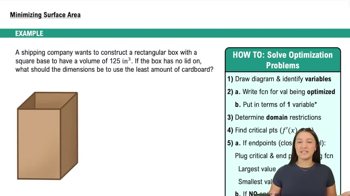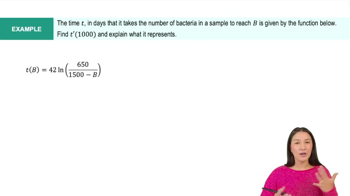Find the following limits or state that they do not exist. Assume a, b , c, and k are fixed real numbers.
lim x→−1 (2x − 1)^2 − 9 / x + 1
 Verified step by step guidance
Verified step by step guidance Verified video answer for a similar problem:
Verified video answer for a similar problem:



 5:21m
5:21mMaster Finding Limits by Direct Substitution with a bite sized video explanation from Patrick
Start learning